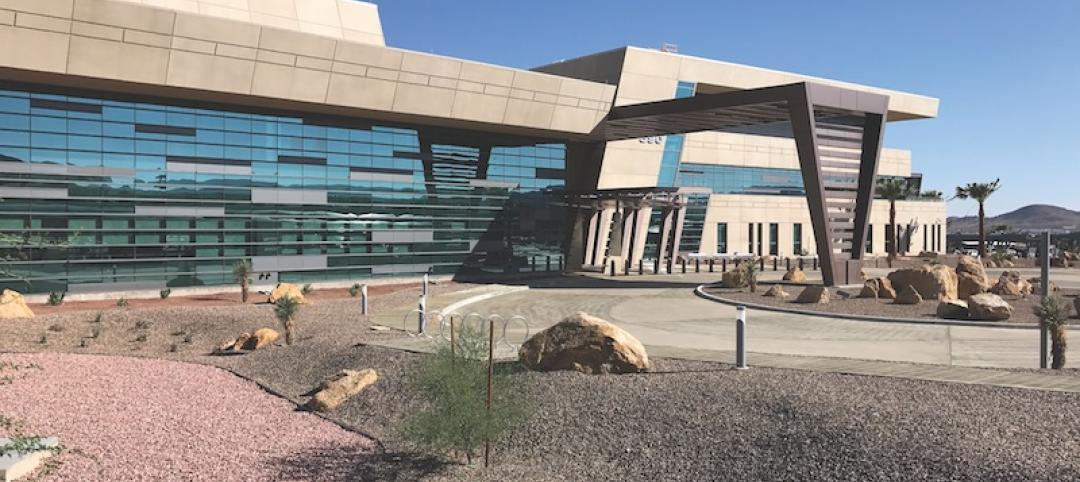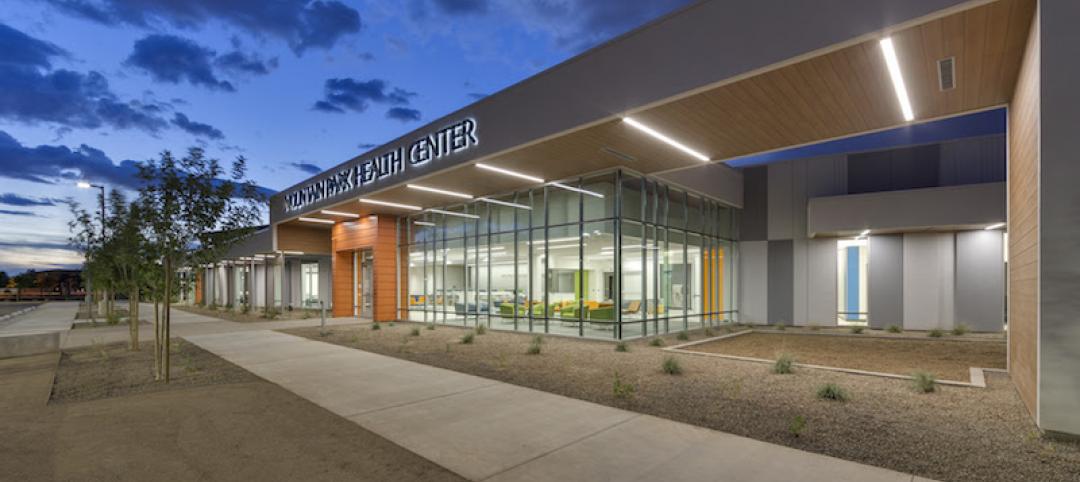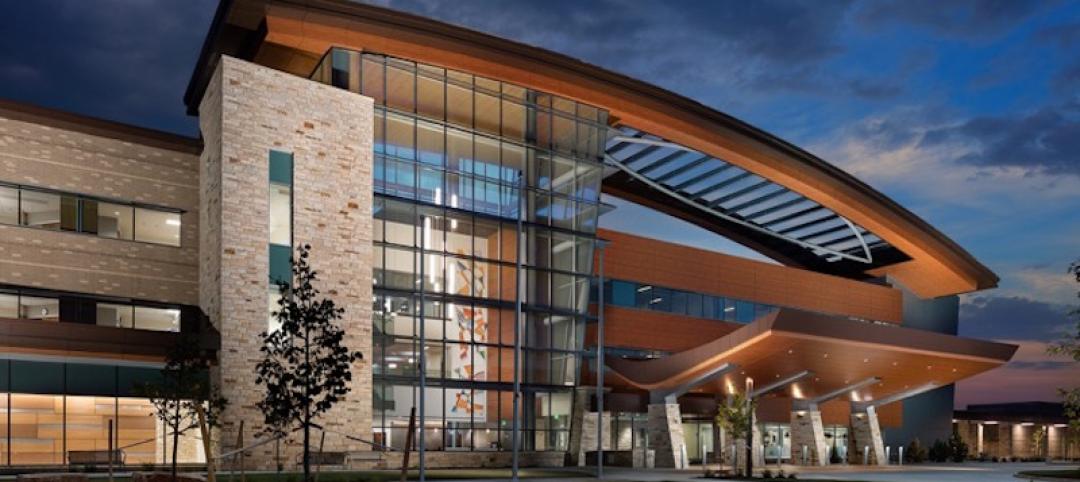This week, the American Institute of Architects (AIA) the Architects Foundation and the Association of Collegiate Schools of Architecture (ACSA) released a summary of the second annual Design and Health Research Consortium.
The summary, “From Research to Application: Building the Bridge to Practice,” is available on AIA’s website.
Held in April in Alexandria, Va., the consortium was led by 17 members comprised of architecture schools and schools of public health.
The groups discussed how architects, designers, and health professionals can best apply design and health research in their communities. In particular, they examined how to make their research relevant and how to craft a good proposal.
“We are working to create a bridge between the academy and practice and help the design firms access to this research in ways that are easily-consumable and readily-applicable for practice,” said Suzanna Kelley, FAIA, AIA Managing Director of Strategic Alliances and Initiatives. “This document includes real-world strategies, tactics, tools and tips that will help our university teams think differently about how they engage architects, foundations, and government partners.”
Related Stories
Greenbuild Report | Oct 23, 2017
NZE and carbon neutral
An Army hospital in the Mojave Desert sets a new bar for sustainable design.
Designers | Oct 10, 2017
Merging artwork and building design
With many hospital projects, art can be a construction-phase afterthought.
Healthcare Facilities | Oct 5, 2017
Architectural best practices for behavioral health: A case study at VCBR
Confined treatment centers for civilly-committed individuals.
Healthcare Facilities | Sep 29, 2017
Having a vision
The ability to clearly communicate specific priorities to your team is among the most important tasks the owner’s leadership team will perform.
Healthcare Facilities | Sep 21, 2017
Boat dealership becomes Tempe’s newest health clinic
The new space was designed with community input to be used by patients and non-patients alike.
Healthcare Facilities | Sep 19, 2017
Small UCHealth hospital in Longmont, Colo., designed with ability to grow over time
UCHealth Longs Peak Hospital opened for first patient on August 31.
Laboratories | Sep 12, 2017
New York City is positioning itself as a life sciences hub
A new Transwestern report highlights favorable market and regulatory changes.
Healthcare Facilities | Sep 5, 2017
Home away from home: Children’s hospitals that soothe, support, and distract
Building Teams help children’s hospitals create a sense of normalcy for patients and their families.
Healthcare Facilities | Sep 1, 2017
Caring for caregivers
Many healthcare organizations are increasingly focused on designing amenities, policies, and workplaces to better support their clinicians, health providers, and administrators.
Healthcare Facilities | Aug 30, 2017
Proactively addressing population health while improving access to care
The Golisano Center for Community Health offers integrated care to adults and children.

















